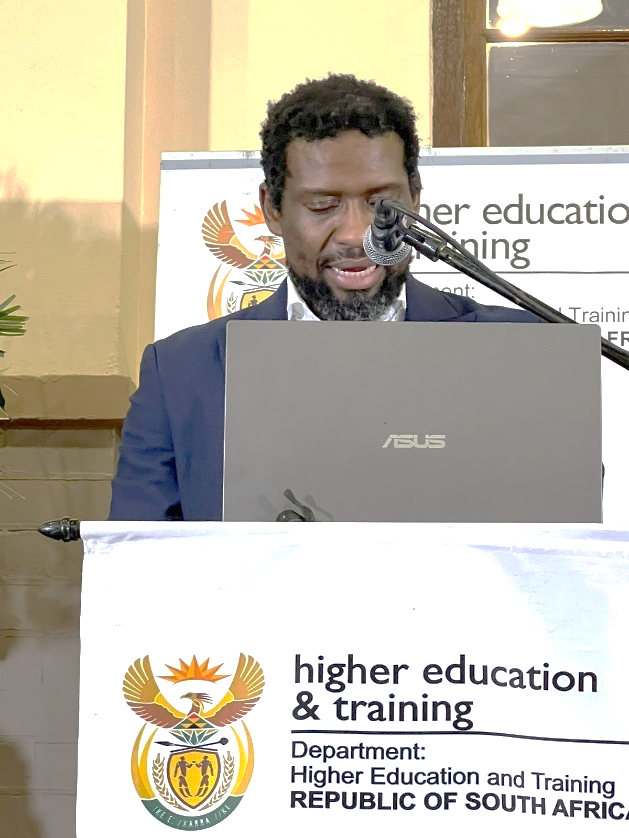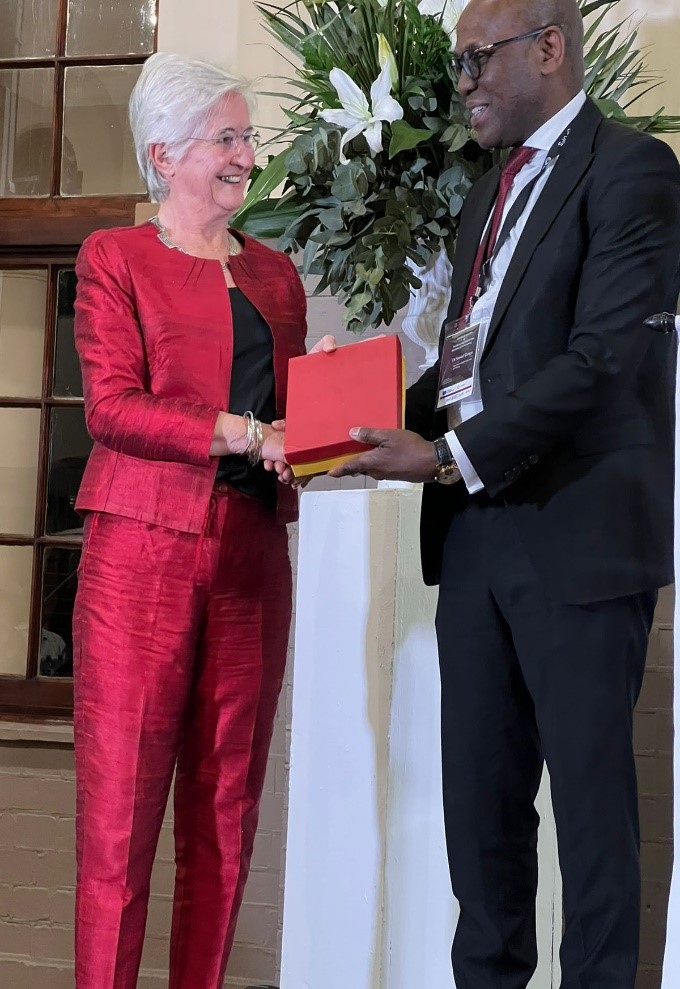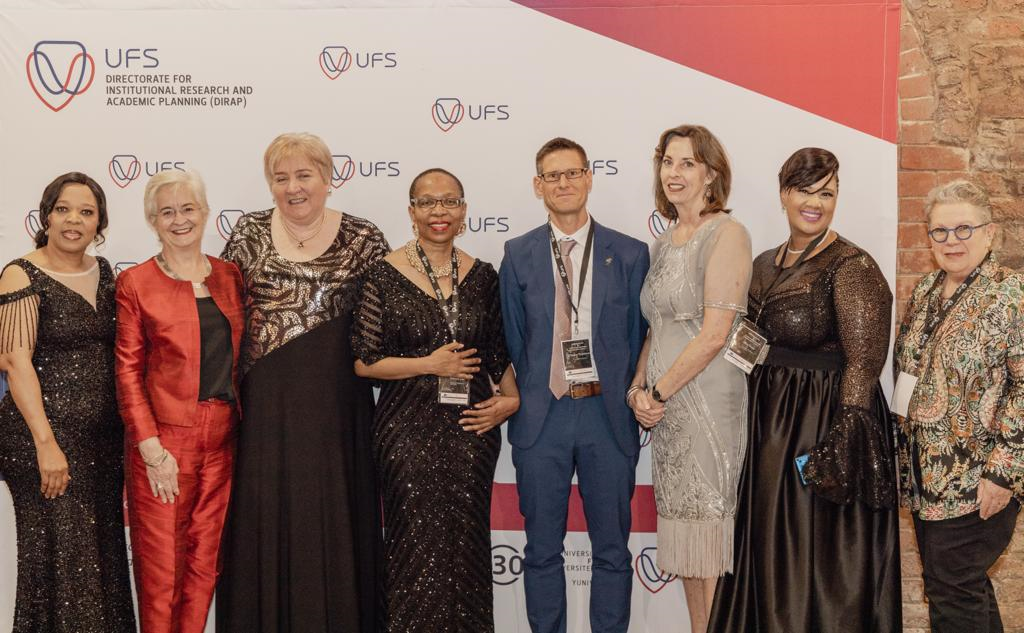

Maryla Bialobrzeska
Saide's involvement in designing and developing course modules for the Advanced Diploma in Technical and Vocational Teaching (AD TVT) emphasised three key dimensions:
The Significance of AD TVT
The importance of technical vocational education and training (TVET) colleges for business growth and economic development was underscored in the 2013 National Development Plan (NDP). The plan set ambitious targets, aiming for 2.5 million enrolments in TVET colleges by 2030, surpassing university enrolments. However, unlike many developed nations where the TVET sector is larger than higher education, this ratio is inverted in South Africa. Despite being a governmental priority, technical and vocational education has not always received the attention it deserves.
While learning and teaching for employability is the core business of the TVET Colleges, many lecturers encounter challenges implementing the NC (V) and Report 191 curriculum to the required standards. The reasons for this are many and diverse, however, a significant issue arises from the qualifications of lecturers; many lack subject content knowledge or pedagogic skills, hindering the integration of theoretical and practical learning. Additionally, resource constraints experienced in many colleges, further compound these challenges.
With national targets set for increased student participation in TVET colleges, improving teaching and learning quality becomes ever more pressing.
Policy and Professional Qualifications
The 2013 DHET Policy on Professional Qualifications for Lecturers in TVET colleges introduced the AD TVT as a professional teaching qualification for prospective TVET lecturers or as an in-service qualification for lecturers with approved diplomas or relevant degrees at level 6 or above.
1. Saide's Contribution through developing open educational resources
The Saide commission to design and develop 16 course modules for the AD TVT had two purposes, one was to support the implementation of the AD TVT at universities nationally, and the second being to provide an opportunity for self-directed, continuing professional development for TVET lecturers.
The AD TVT curriculum addresses a number of critical aspects such as, vocational pedagogy, assessment methodologies, interpreting curriculum, classroom management, and specialised teaching methods of teaching engineering as well as how to manage industry-based work-integrated learning.
The resources were developed in two formats with open CC-BY-NC licences - free for non-commercial use. The two formats are aligned to the two purposes of the project which Saide was commissioned. All course modules have been uploaded onto the DHET National Open Learning System (NOLS).
The modules provided in Word format on the NOLS are primarily aimed at university lecturers to use in their course preparation in whatever way they see fit – they might like the way something is explained or like the activity, or they could use the whole module, concentrating on giving feedback to the student on the many activities and authentic tasks provided.
As long as the resources are appropriately attributed, the open licence allows educator to use them in whatever way they like in their teaching. As they are in the public domain, educators in in other countries are also able to access these materials. All 16 course modules have also been made available on the Saide OER Africa website for free download: https://www.oerafrica.org/advanced-diploma-technical-and-vocational-teaching-adtvt
The interactive online modules, uploaded in Articulate Rise on the NOLS, cater to TVET lecturers who might want to work through on them on their as part of their continuing professional development. DHET reports that already some 4000 users have worked through some of the modules.

Hon Buti Manamela: Deputy Minister of Higher Education, Science and Innovation |

Jenny Glennie and the DHET DDG TVET, Sam Zungu
2. Collaborating with a diverse educational stakeholders
The DHET provided the impetus and funding necessary for this initiative. They engaged the UFS, in partnership with Saide, to meet project deliverables. Leveraging its expertise, Saide spearheaded a collaborative effort with subject experts, convened 16 module teams, each comprising two subject matter experts, a Saide learning designer, and an editor. Saide also partnered with the UFS Centre for Learning and Teaching, which contributed various graphics and multi-media items that were integrated into the module designs.
Following thorough editing and proofreading, the resources were passed on to UFS for conversion into an interactive online format using Articulate RISE.

From left, Thandeka Mosholi (UFS: Project coordinator) Jenny Glennie (Saide: Executive Director) Trudi van Wyk (DHET), Nolwazi Gaza (DHET) Thomas Tindemans (EU) Engela van Staden (UFS:) Gina Umeh (DHET: Project coordinator) and Maryla Bialobrzeska (Saide: Project Lead)
3. Capacity development
Capacity building formed a crucial aspect, involving lecturers from 13 universities, five TVET colleges, and one SACPO (SA College Principal’s Organisation) representative.
As the university and college lecturers were all subject matter experts but not materials designers, Saide’s role extended beyond content creation to developing learning design skills among lecturers, balancing capacity building with the delivery of 16 high-quality modules. Learning design skills, including how to,
• Make language accessible
• Scaffold new concepts
• Design a variety of interesting activities
• Design authentic learning and assessment tasks and
• Reflect on learning.
Balancing the DHET mandate of capacity building alongside the task of delivering 16 high-quality course modules within stringent budget and time constraints posed a significant challenge. The iterative nature of material development demanded multiple revisions—often requiring three to four iterations. Despite these hurdles, we successfully reached our goal and we are optimistic that the outcomes of this project will yield a substantial impact on our TVET sector.